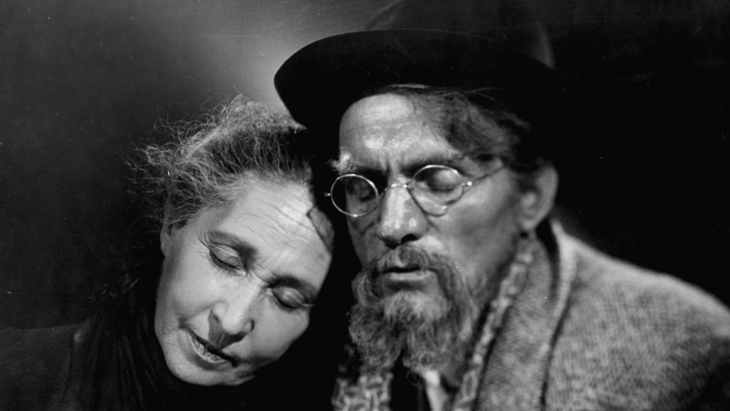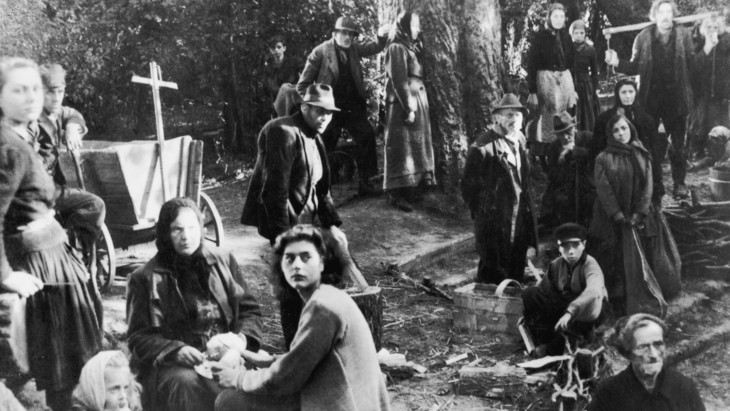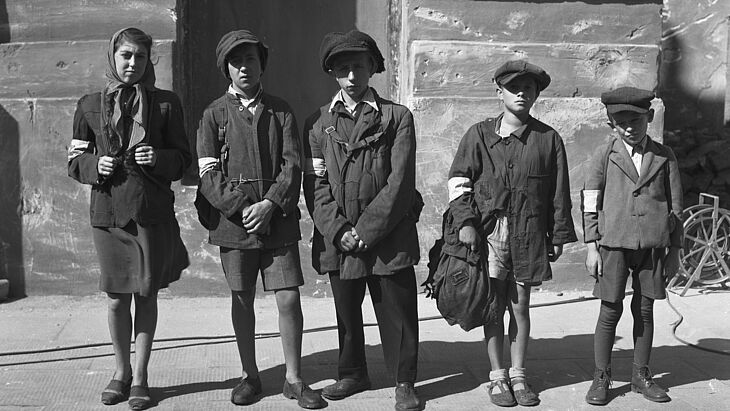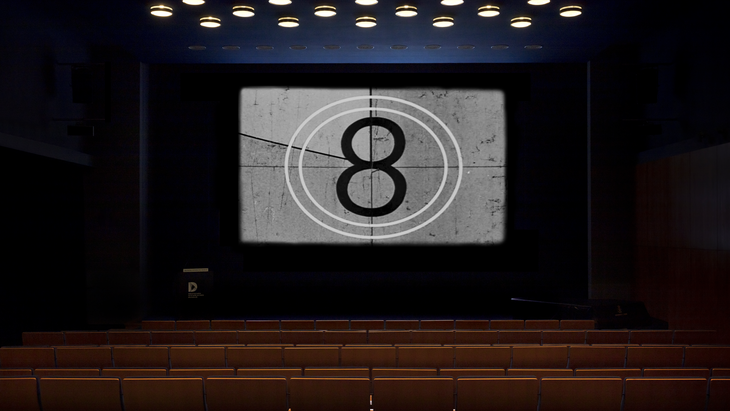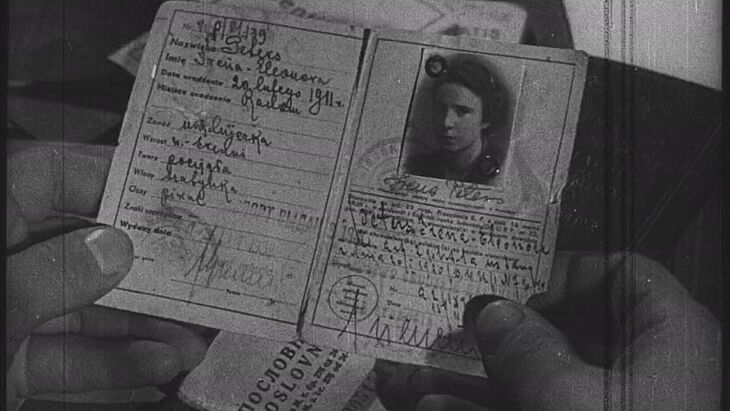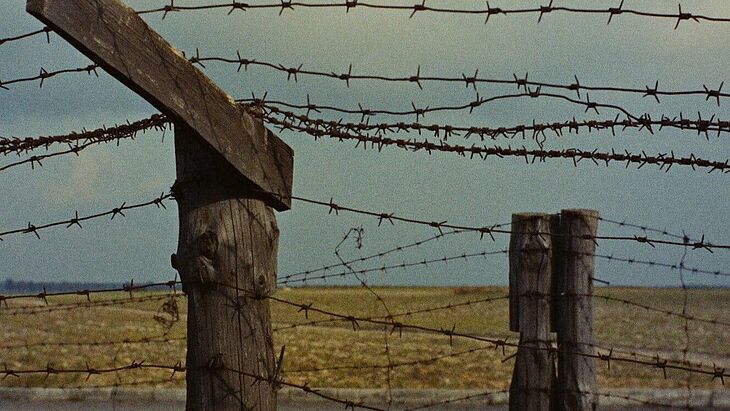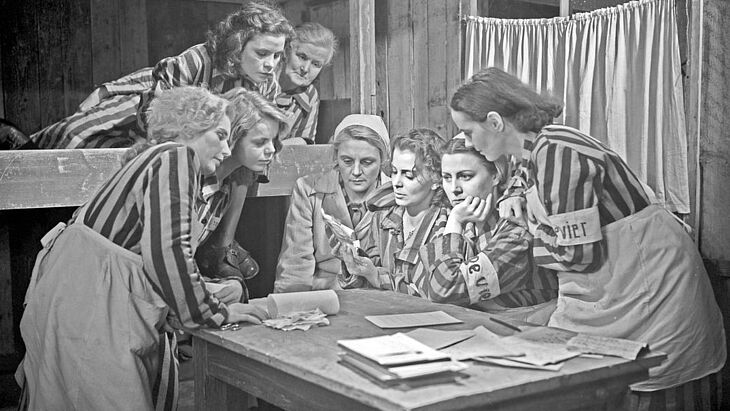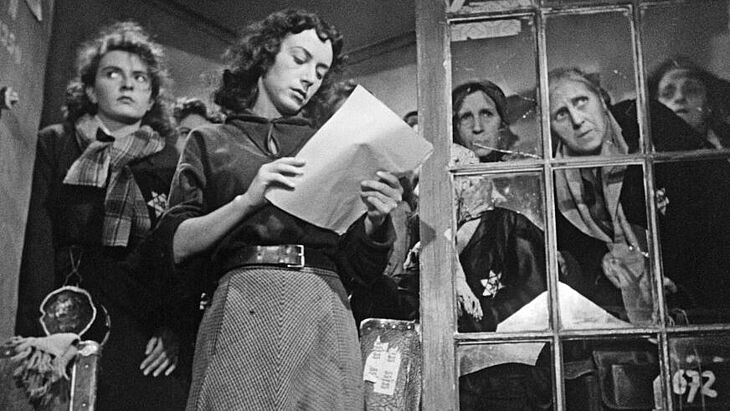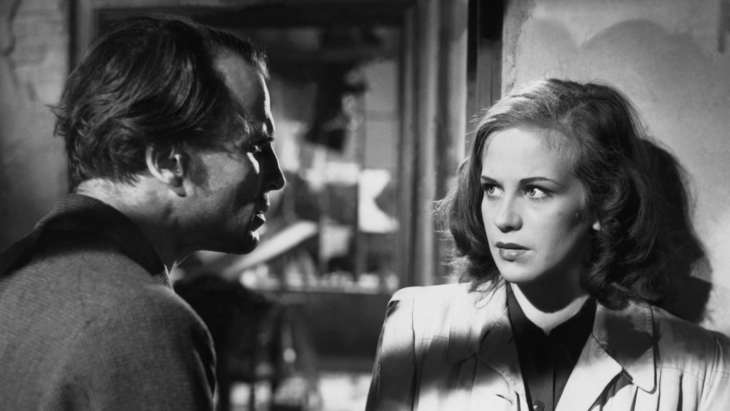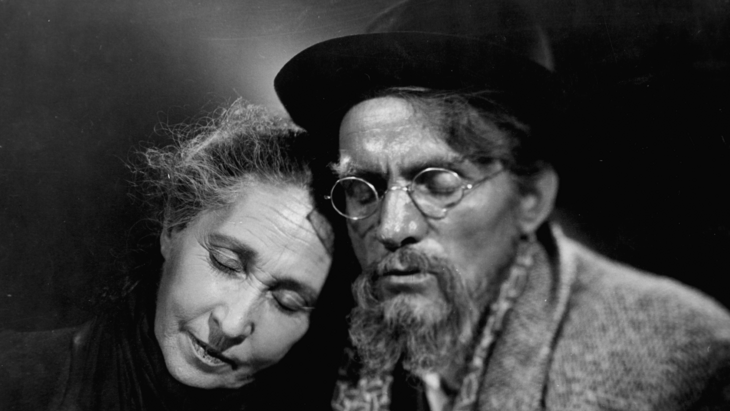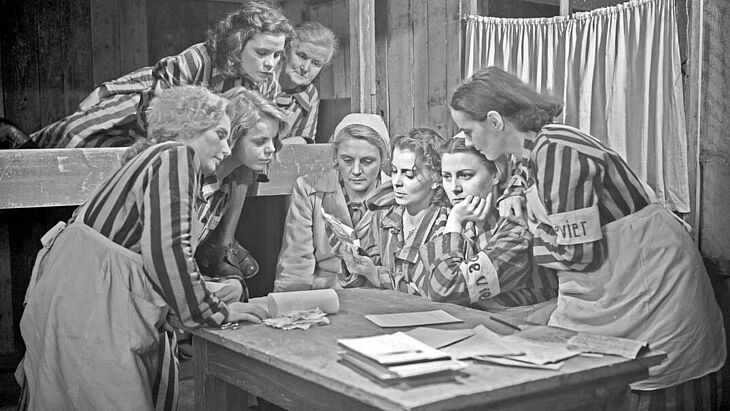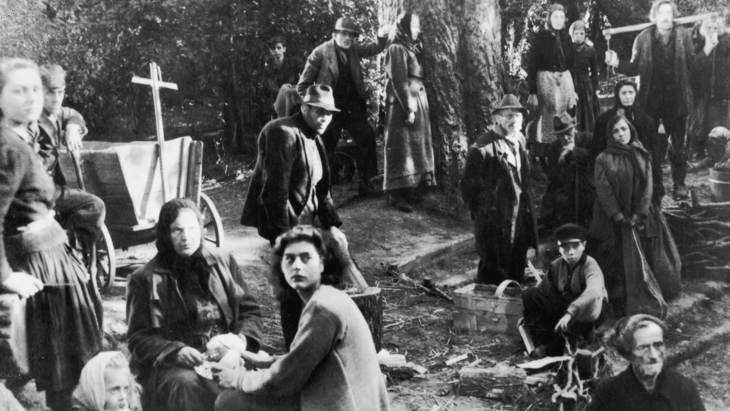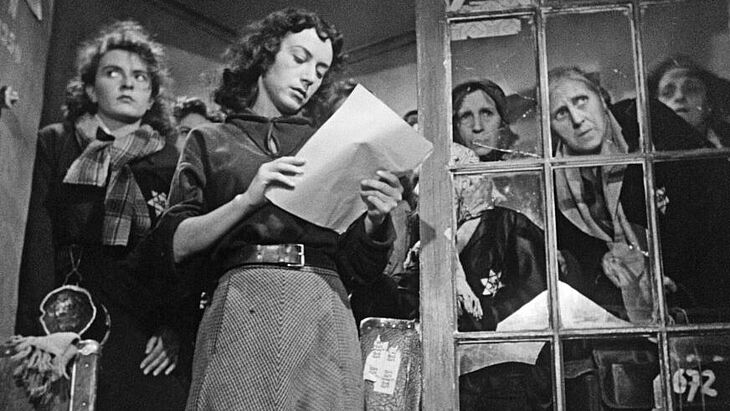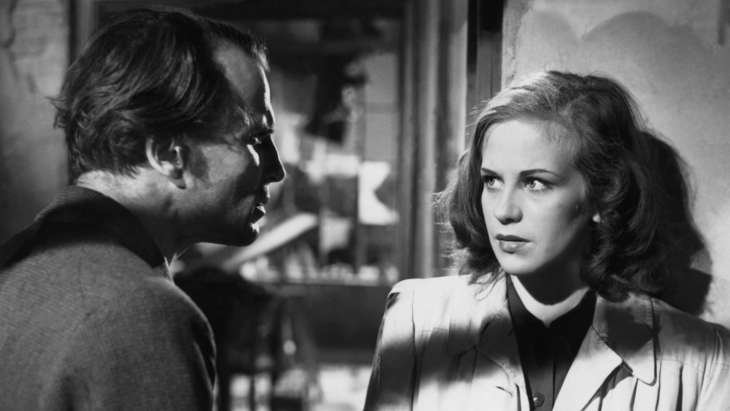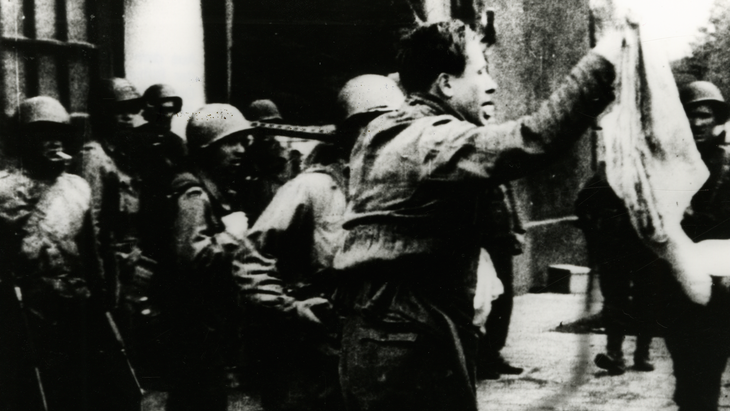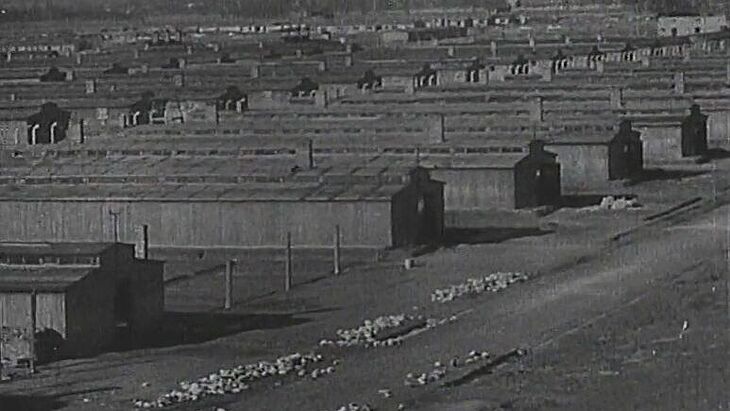Testify and Tell
Early Pictures from Liberated Camps
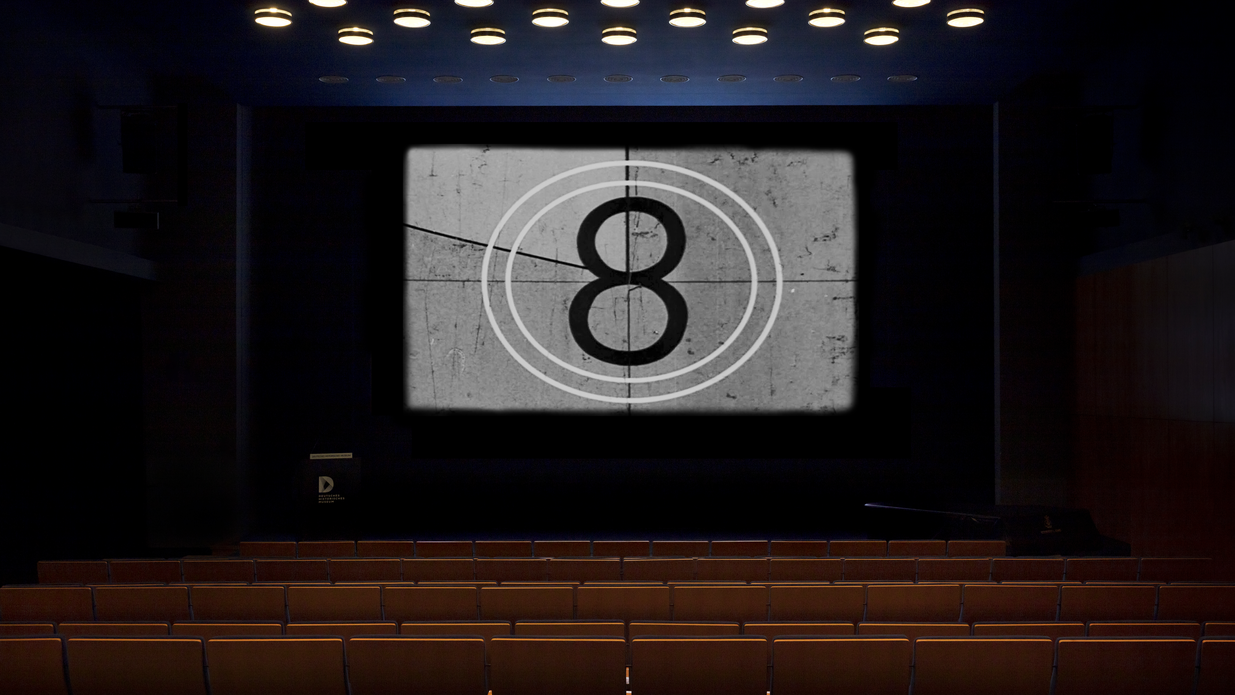
How did post-war societies come to terms with the experience of violence and destruction caused by the Second World War and the occupation of large parts of Europe by National Socialist Germany? This question will be the focus of the exhibition at the Deutsches Historisches Museum from May 24, 2025 "On Displaying Violence: First Exhibitions on the Nazi Occupation in Europe, 1945-1948", which examines the concepts and contexts of those presentations that were organized in many European countries by institutions, groups and actors from very different backgrounds immediately after the end of the war. Although film clips were rarely shown in the first exhibitions about the Nazi occupation of Europe, films showing the liberation of the concentration and extermination camps played an important role in the subsequent coming-in-grips with the Holocaust. They served as documentation during judicial prosecution of the Nazi crimes and in the creation of a narrative to help understand the experience of the war and occupation. The places where they were shown – film theatres, courtrooms, schools and museums – became “exhibition rooms” of the violence suffered in the recent past. These films conveyed a first impression to many viewers of what had happened in the camps and in the territories occupied by National Socialist Germany.
Co-curated by Thomas Tode, the retrospective Testify and Tell. Early Images of the Liberated Camps is a cooperation between the Zeughauskino, the Documentation Centre for the Second World War and German Occupation in Europe and the DFG long-term project Images that Have Consequences - An Archaeology of Iconic Film Footage from the Nazi Era, whose researchers will present the film programs and moderate the discussions with the experts and the audience.
